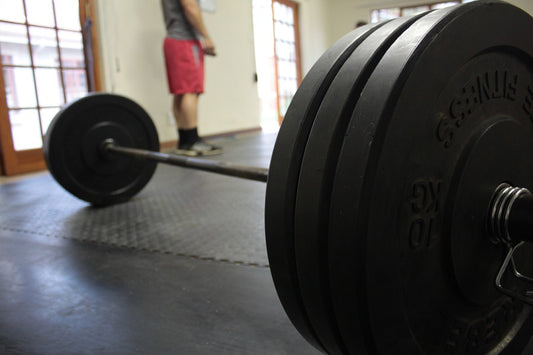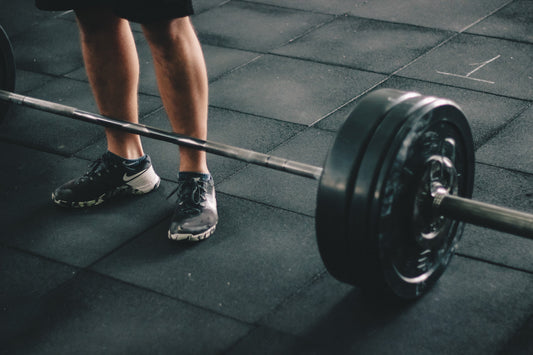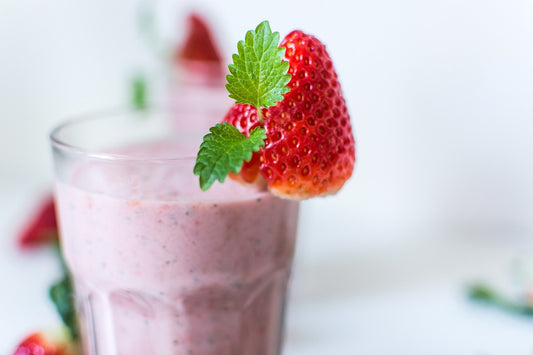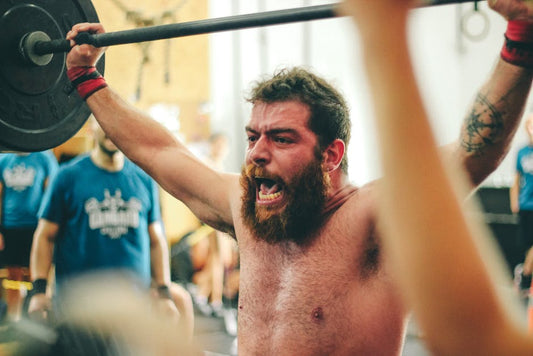CrossFit

Cross Training Diet: Antioxidants that Optimize...
Free radicals can cause cell damage if not monitored. Basically, radicals originate from the body’s oxidation processes and are commonly associated with inflammation of the muscles, joints, and tendons. Antioxidants...
Cross Training Diet: Antioxidants that Optimize...
Free radicals can cause cell damage if not monitored. Basically, radicals originate from the body’s oxidation processes and are commonly associated with inflammation of the muscles, joints, and tendons. Antioxidants...

Cross Training Exercise : Single-Leg Squats and...
Single-leg squats are excellent for any outdoor CrossFit athlete looking to getting faster and stronger while staying injury free. For a long time, the two-legged squat has been the talk...
Cross Training Exercise : Single-Leg Squats and...
Single-leg squats are excellent for any outdoor CrossFit athlete looking to getting faster and stronger while staying injury free. For a long time, the two-legged squat has been the talk...

Top Benefits of Biking in Cross Training WOD
Going through childhood, one of the most enjoyable activities is usually biking. As people grow, somehow their love for bikes tends to diminish probably due to busy lifestyle or changing...
Top Benefits of Biking in Cross Training WOD
Going through childhood, one of the most enjoyable activities is usually biking. As people grow, somehow their love for bikes tends to diminish probably due to busy lifestyle or changing...

Different Types of Push-Ups You Can Do in the C...
In most elementary CrossFit gym classes, physical fitness is equated with strength challenges such as pull-ups and push-ups. As a matter of fact, push-ups have been one of the standards...
Different Types of Push-Ups You Can Do in the C...
In most elementary CrossFit gym classes, physical fitness is equated with strength challenges such as pull-ups and push-ups. As a matter of fact, push-ups have been one of the standards...

Cross Training Diet : Top Must-Have Foods for Y...
If you are an athlete who frequents the CrossFit gym, then probably you are familiar with a stage known as a plateau where irrespective of how hard you work, the...
Cross Training Diet : Top Must-Have Foods for Y...
If you are an athlete who frequents the CrossFit gym, then probably you are familiar with a stage known as a plateau where irrespective of how hard you work, the...

What You Should Know When Picking Weights in Cr...
It is understandable that walking into a CrossFit gym full of muscular fitness fantastic may intimidate you. The mere thought of tossing around huge weights which in CrossFit is part...
What You Should Know When Picking Weights in Cr...
It is understandable that walking into a CrossFit gym full of muscular fitness fantastic may intimidate you. The mere thought of tossing around huge weights which in CrossFit is part...


